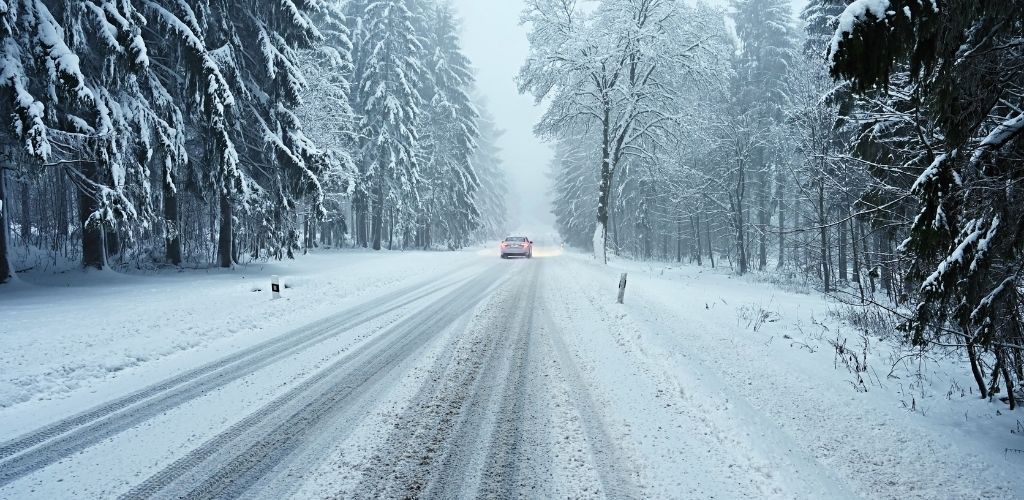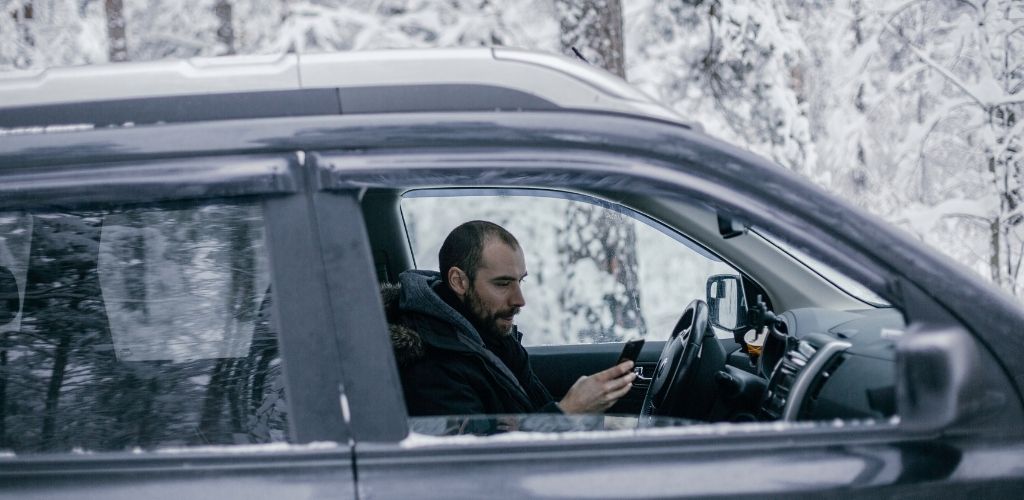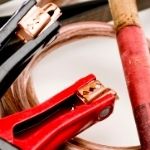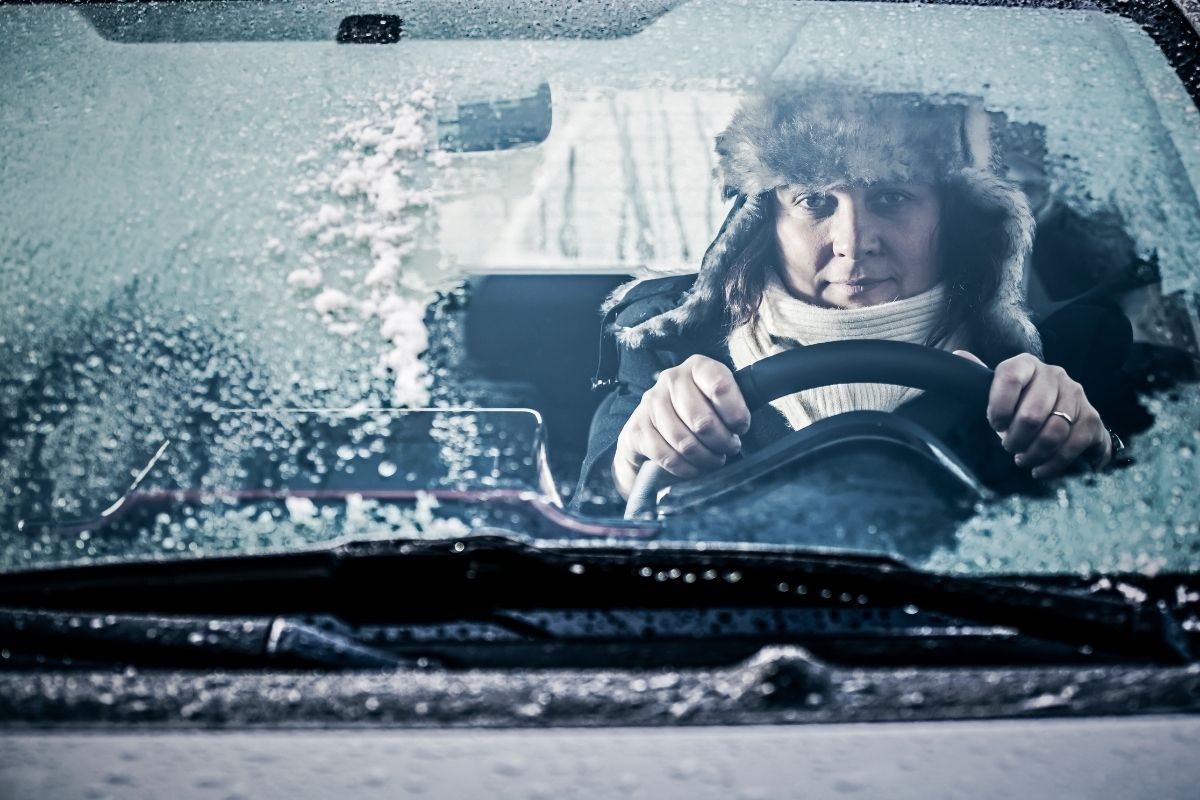Mythbusting Winter Driving
Living in the northeast means you’ll probably encounter winter driving conditions. What should you do to be prepared? Let’s do some mythbusting.
Myth #1 - "It's the same as summer driving."
There are lots of things you have to consider when driving in winter conditions. Take a look at the video above to learn 8 tips for safe winter driving.

Myth #2 - "If I start skidding, I'll just slam on the brakes!"
Remember these tips to avoid a dangerous accident when roads are slick:
- Slow down before reaching curves and turns.
- Plan ahead for lane changes by checking in your rearview mirror and your blind spots to make sure the other lane is clear. Make this move with the smallest possible steering changes and with a light foot on the gas.
- Watch out for ice patches or piles of wet leaves on overpasses and in shady areas.
- Increase the following distance behind the vehicle in front of you.
- Anticipate stops by slowing down gradually, well ahead of intersections. Also be aware that approaches to stopping areas will be slick because of excessive starting and stopping traffic.
- Use only a light foot on your gas pedal when driving in heavy snow.
If you go into a skid:
- Do not steer against the skid or hit the brakes.
- Steer in the direction that your vehicle is sliding until you feel your wheels recover traction.
- If you must, apply the brake carefully so that you do not lock your wheels and intensify the skid.

Myth #3 - "If I get stuck, I can just call someone."
In the event that an emergency happens on the road – such as a flat tire, vehicle breakdown, adverse weather or empty gas tank – it’s important to be prepared. You may not be able to call someone right away, or your help may arrive later than expected. That’s why it’s important to pack your vehicle with a roadside emergency kit. Consider the following guidance on what to include in your roadside emergency kit.
Be sure to stock your roadside emergency kit with these important items:
- Jumper cables
- LED road flares
- Seatbelt cutter/window hammer tool
- Motor oil
- Antifreeze
- First-aid kit
- Blankets and warm clothes
- Flashlight and extra batteries
- Basic tools such as a screwdriver, wrench and utility knife
- Cellphone charger
- Tire inflator and tire pressure gauge
- Ice scraper
Get Familiar with Your Kit
Before you need to use your kit in an emergency situation, it is wise to thoroughly familiarize yourself with its contents. Take the time to review how each item in your kit will assist in an emergency, and ensure that you know how to use the contents properly and safely.

Contact Us
For additional driving safety tips and auto insurance solutions, contact us today.
